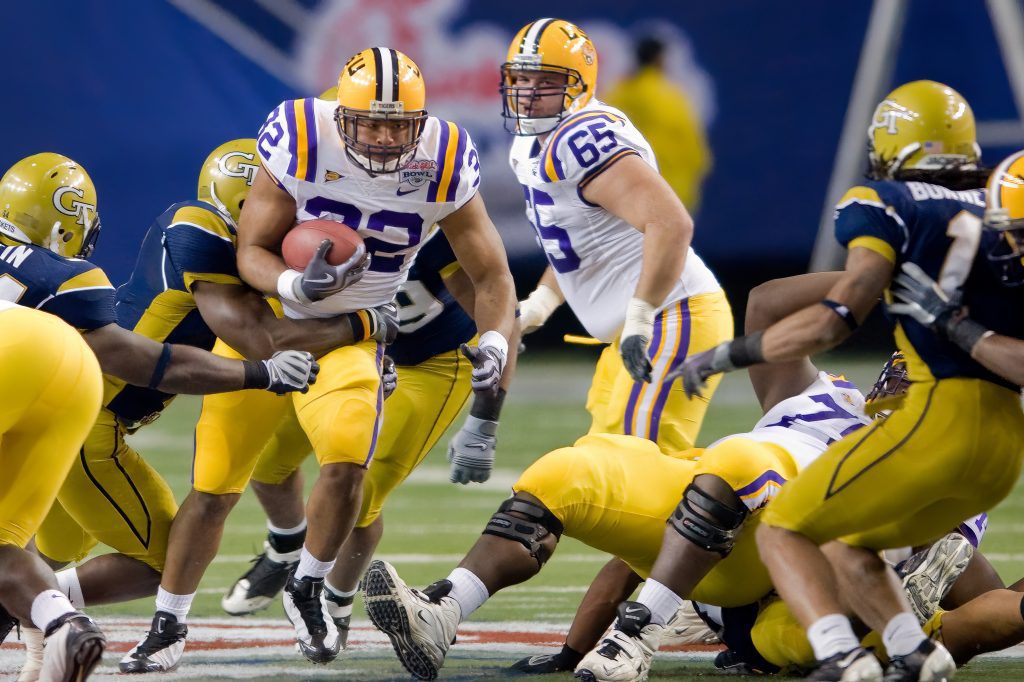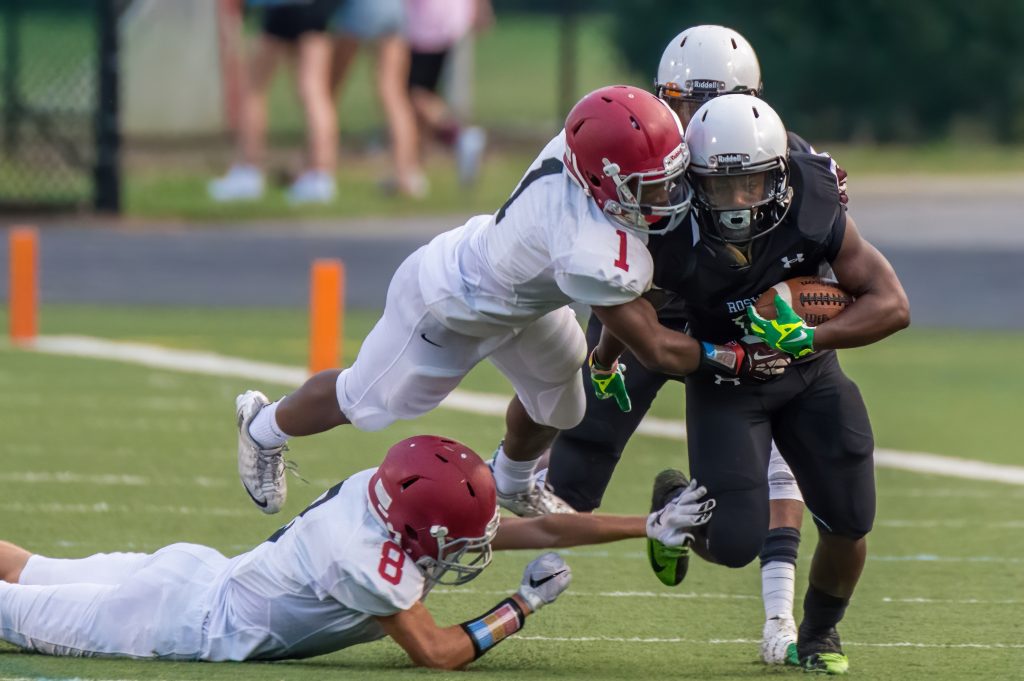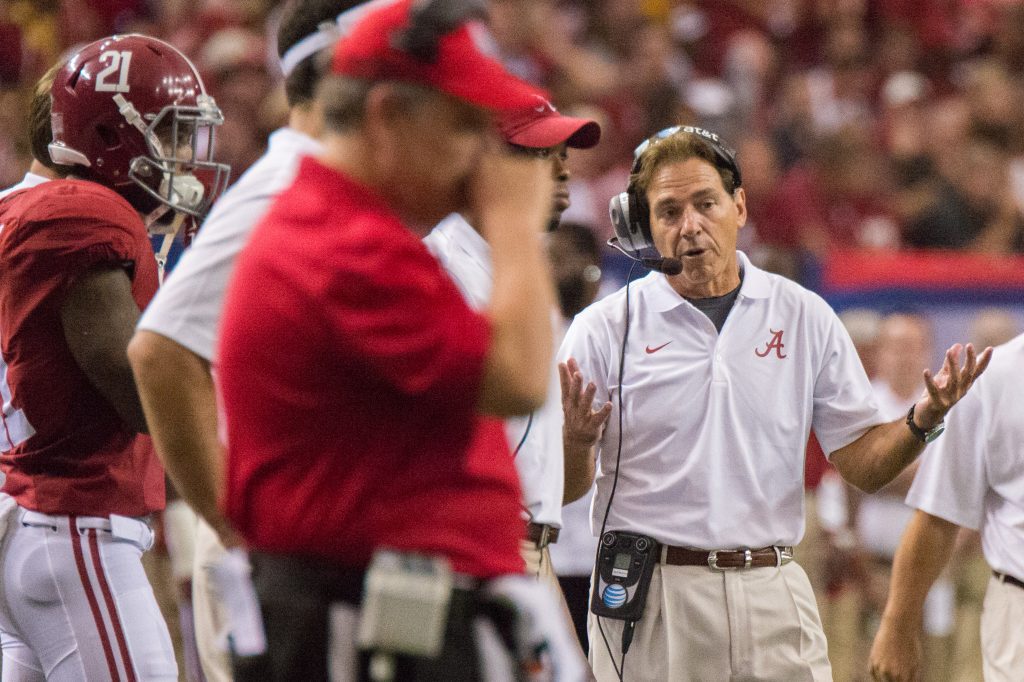What Are The Elements Of A Great Sports Photograph?
Several elements can contribute to a great sports photograph:
- Action: A great sports photograph captures the action and energy of the game or event. This might involve capturing the peak of an athlete’s motion or the moment of impact in a collision.
- Emotion: A great sports photograph often conveys the emotions of the athletes or spectators, whether it be joy, frustration, or determination.
- Composition: A well-composed sports photograph will have a clear and balanced arrangement of elements within the frame. This might involve using leading lines, placing the subject off-center, or using negative space to create balance.
- Light: Good lighting is crucial for any photograph, and this is especially true in sports photography. A great sports photograph will use available or artificial light to create a sense of drama or highlight key elements in the frame.
- Timing: Capturing the decisive moment is crucial in sports photography, and a great sports photograph will have perfect timing to capture the peak of the action.
- Technical quality: A great sports photograph will have good technical quality, with sharp focus, good exposure, and accurate color representation.

By incorporating these elements, a sports photographer can create powerful and memorable images that capture the excitement and drama of the game or event.

What Lenses Do A Sports Photographer Need To Shoot A Football?
Sports photographers typically use a variety of lenses depending on the assignment’s specific needs and the event’s characteristics or venue’s characteristics. For football or soccer, some common lens choices may include:

- Telephoto lenses: Telephoto lenses allow you to capture close-up shots of the action from a distance and are ideal for shooting from the sidelines or stands. Lenses with focal lengths of 70-200mm or longer are often used for this purpose. I recommend that you need lenses in the 400mm to 600mm range to capture the action from the sidelines that happen in the middle of the field.
- Wide-angle lenses: Wide-angle lenses help capture panoramic shots of the field or stadium and can help show the context and environment in which the game is being played. Lenses with focal lengths of 16-35mm or wider are often used for this purpose.
- Zoom lenses: Zoom lenses offer the versatility of shooting at different focal lengths, allowing you to switch between wide and telephoto perspectives as needed. Lenses with focal lengths of 24-70mm or similar are often used for this purpose.
It’s worth noting that the specific lens choices for a sports photographer will depend on the assignment’s specific needs, the venue’s characteristics, and the photographer’s preferences. Some sports photographers may choose to use prime (fixed focal length) lenses, while others may prefer the flexibility of zoom lenses. It’s essential to have a range of lenses available to be able to capture a variety of shots and perspectives.

Where Are Sports Photographers Published?
Sports photographers are published in various places, including magazines, newspapers, websites, and social media platforms. Some of the most common areas where sports photographers are published include:
- Sports magazines: Many sports magazines, such as Sports Illustrated, publish photographs from sports events and profiles of athletes.
- Newspapers: Sports photographers often work for newspapers and contribute images to the newspaper’s sports section.
- Websites: Many sports websites, such as ESPN.com and CBSSports.com, feature photographs taken by sports photographers.
- Social media: Sports photographers often use social media platforms like Instagram and Twitter to share their work and connect with followers.
- Books and exhibitions: Sports photographers may also publish their work in books, galleries, or other public spaces.
- Sports Trading Cards: A trading card is a small card, usually made out of paperboard or thick paper, which usually contains an image of a specific person on the front and a short description of the picture, along with other text, like statistics, on the back of the card.
It’s worth noting that the specific outlets where sports photographers are published may vary depending on the location and the photographer’s specific areas of focus.

How Does One Become A Sports Photographer?
To become a sports photographer, you must have a strong interest in sports and photography and a willingness to work hard and continuously improve your skills. Here are some steps you can take to become a sports photographer:
- Get a good camera and start practicing: Invest in a high-quality camera and lens, and take photos of sports events and athletes. Practice different techniques and get comfortable with your equipment.
- Take classes or earn a degree in photography: Consider taking classes or earning a degree to learn the technical and creative skills you need to succeed. I recommend workshops and trade schools that specialize in photography.
- Build a portfolio: As you improve your skills, create a portfolio of your best sports photos to show to potential clients or employers.
- Network and make connections: Attend sports events and meet other photographers, athletes, and sports industry professionals. This can help you get your foot in the door and learn about job opportunities.
- Get experience: Look for internships or entry-level positions with sports teams, newspapers, or other organizations that hire sports photographers. This will allow you to gain valuable experience and build your resume.
- Keep learning and improving: Stay up to date with the latest techniques and equipment, and continue to hone your skills through practice and education. As you build your reputation and experience, you may be able to land more high-profile assignments and advance your career.

